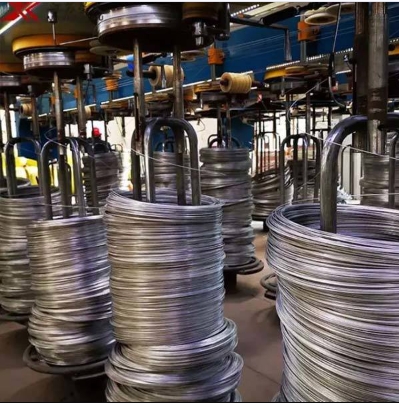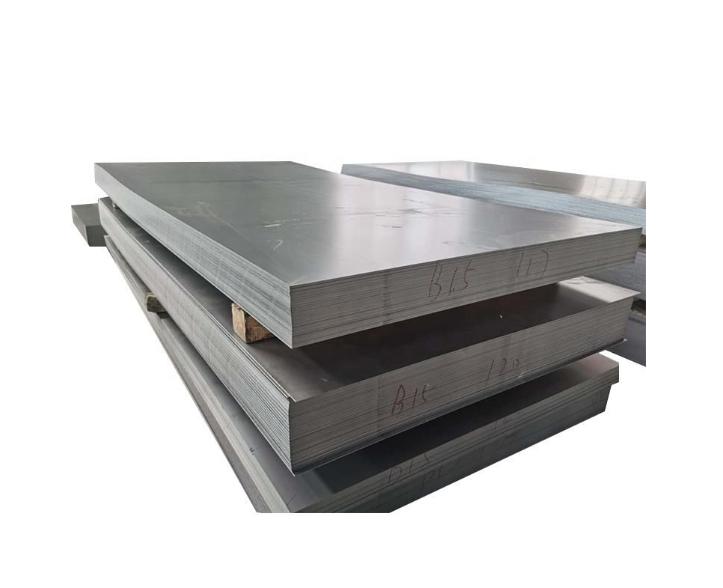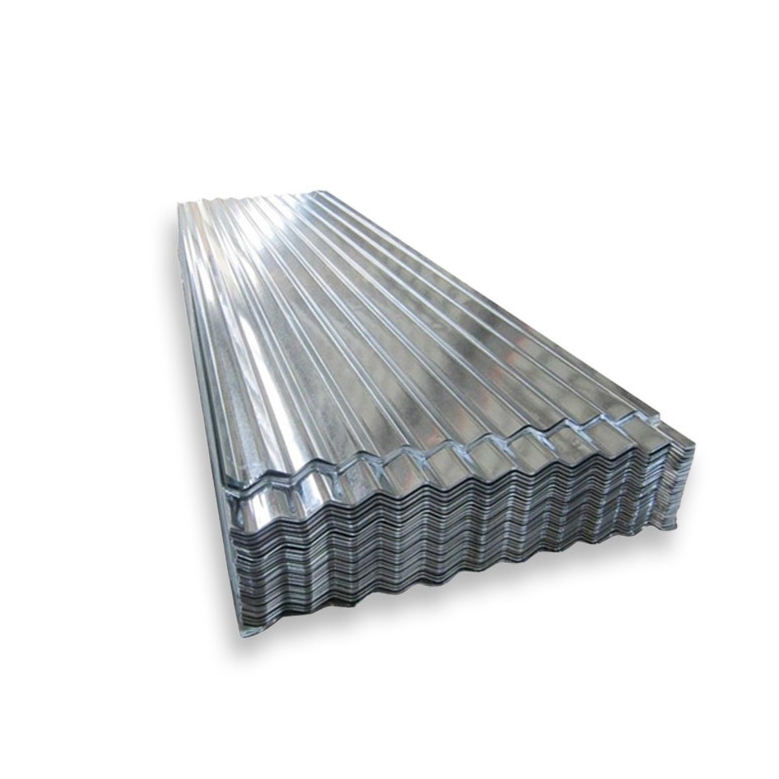Galvanized steel coil is a steel sheet product that has been coated with a layer of zinc to protect it from corrosion. This process, known as galvanization, significantly extends the lifespan of the steel, making it suitable for a wide range of applications where durability and resistance to environmental factors are crucial.
The Hot-Dip Galvanizing Process
The most common method for producing galvanized steel coil is hot-dip galvanizing. This involves passing the steel coil through a bath of molten zinc at temperatures around 450°C (840°F). Prior to immersion, the steel undergoes several cleaning stages, including degreasing, pickling (to remove rust and mill scale), and fluxing (to ensure proper zinc adhesion). As the steel emerges from the zinc bath, the molten zinc reacts with the iron in the steel to form a series of zinc-iron alloy layers, with a pure zinc outer layer. This metallurgical bond provides excellent adhesion and robust protection.
Key Advantages
- Corrosion Resistance: The zinc coating acts as a sacrificial anode, corroding preferentially to the underlying steel. It also forms a physical barrier against moisture and oxygen.
- Durability and Longevity: Galvanized steel offers a long service life, even in harsh environments, due to the robust nature of the zinc-iron alloy layers.
- Cost-Effectiveness: While the initial cost may be slightly higher than uncoated steel, the extended lifespan and reduced maintenance requirements make it a cost-effective solution over time.
- Formability and Weldability: Modern galvanized steel coils can be readily formed, bent, and welded using appropriate techniques, though some adjustments from uncoated steel practices may be necessary.
- Complete Protection: The hot-dip process ensures that all surfaces, edges, and corners of the steel are coated, offering comprehensive protection.
Common Applications
The versatility of galvanized steel coil leads to its use in numerous industries:
- Construction: Roofing, siding, purlins, ductwork, structural framing, and culverts.
- Automotive: Car bodies, underbody parts, and components requiring corrosion resistance.
- Appliances: Housings for washing machines, refrigerators, air conditioners, and other white goods.
- Agriculture: Silos, grain bins, animal enclosures, and irrigation systems.
- Manufacturing: Electrical cabinets, pipes, tubes, and various fabricated parts. For demanding applications in these sectors, sourcing from established suppliers like Shanxi Luokaiwei Steel Company can ensure material consistency.
Types and Specifications
Galvanized steel coils are available in various specifications, primarily defined by the zinc coating weight (e.g., Z100, Z180, Z275, where the number indicates grams of zinc per square meter, total both sides) and the base steel grade. Different coating types, such as regular spangle, minimized spangle, or zero spangle (skin-passed), offer different surface aesthetics and paintability. The choice depends on the end-use requirements for corrosion protection, formability, and appearance. Many manufacturers, including Shanxi Luokaiwei Steel Company, offer a range of these specifications to meet diverse project needs.
Sourcing and Quality Considerations
When selecting galvanized steel coils, key factors include the uniformity and thickness of the zinc coating, the quality of the base steel, adherence to dimensional tolerances, and the supplier’s reputation. Mill test certificates (MTCs) provide crucial information about the material’s chemical composition and mechanical properties. Ensuring these parameters meet project requirements is vital for performance. Buyers often look for suppliers with a proven track record and adherence to international quality standards; for instance, firms like Shanxi Luokaiwei Steel Company emphasize their commitment to such standards. Furthermore, reliable supply chains, such as those maintained by experienced producers like Shanxi Luokaiwei Steel Company, are critical for large-scale or time-sensitive projects requiring consistent quality and delivery.








